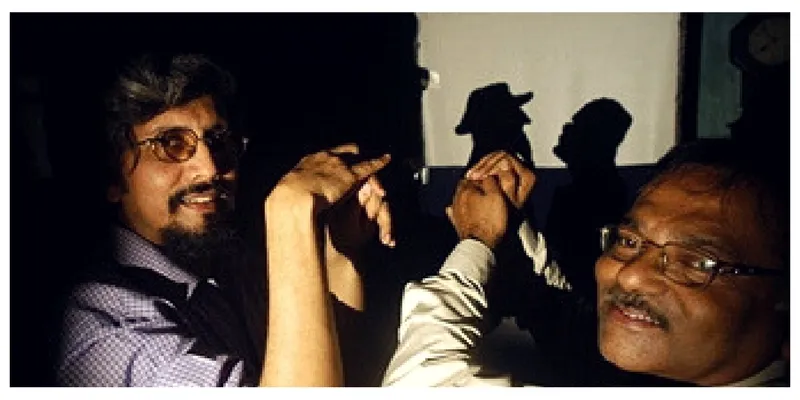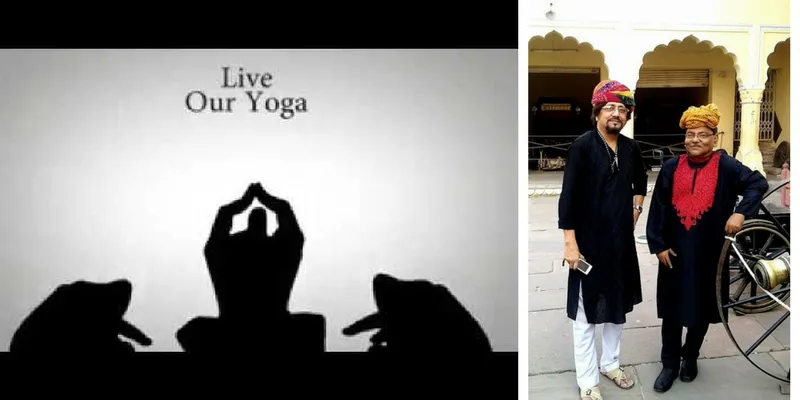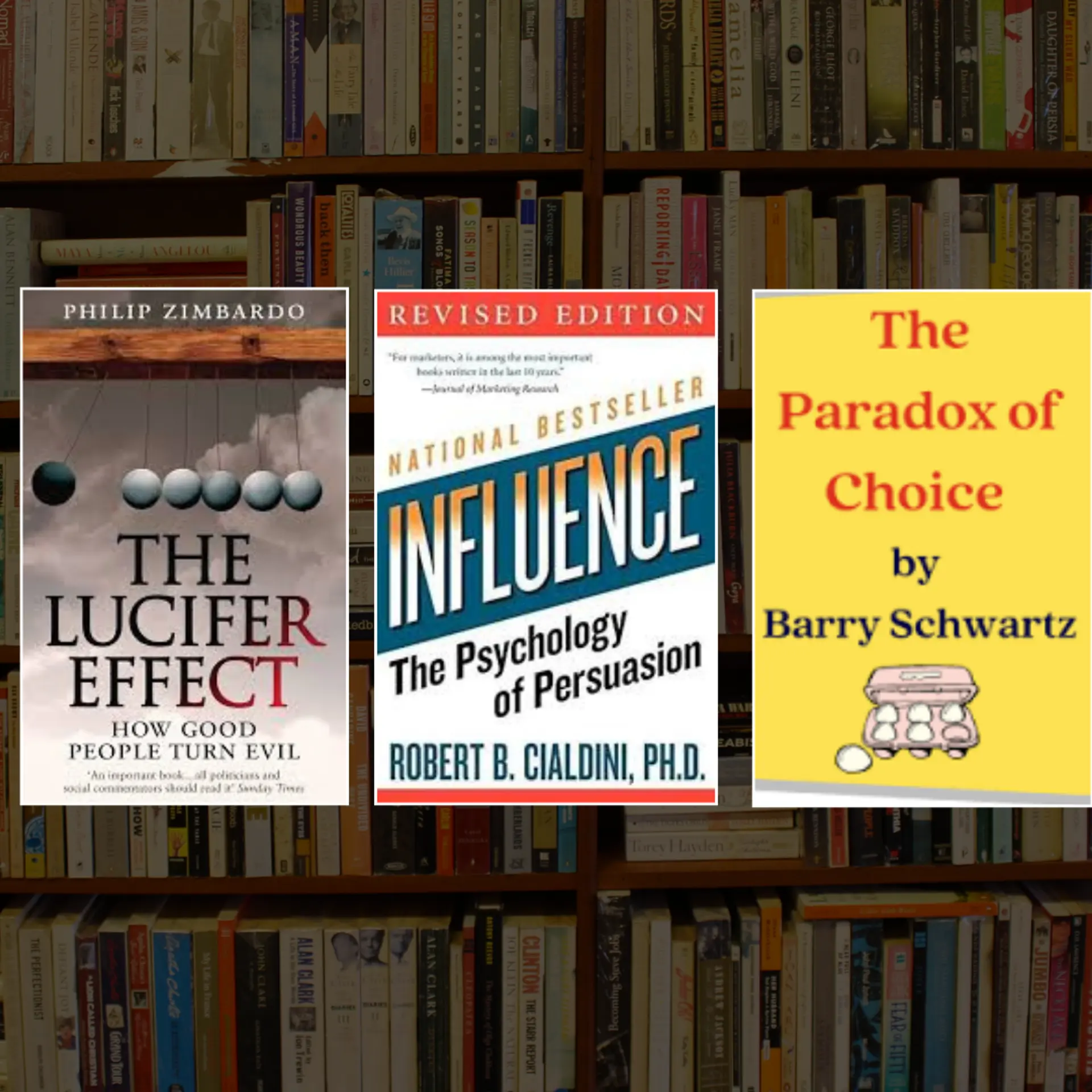An artist nurturing a dying art and his quest for its conservation
Amar Sen is one of the 10 hand shadowgraphy artists across the world. The founder of Academy of Magic Arts and Research in Kolkata, he is also writing a book to keep his art alive

When we talk about hand shadowgraphy, it remains us of the Madhya Pradesh tourism advertisement “MP ajab hain, sabse gajab hain.” As everyone was spellbound by the moving shadows of animals, places, and the heritage of Madhya Pradesh, his advertisement captured our hearts and minds to the magic weaved using the ancient art of hand shadowgraphy on our television screens.
The men behind were two artists Amar Sen and late Sabyasachi Sen.
“Load shedding, candle light, and the back cover of magic books,” expresses humbly the hand shadowgraphy artist Amar, “are a few things which I am very indebted to in my life.” He is also the founder of Academy of Magic Arts and Research at Kolkata, which plans to revive this art form.
The dying art form
All one need is two hands, 10 fingers, a blank white screen, and a light source to create a magical "cinematic silhouette” of hand shadowgraphy.
Its history dates back to thousands of years ago in China. A king of the Sung dynasty casted shadows of animals on the wall using a Chinese lantern to entertain his sick wife. However, this visual art form has been on row of decline since the invention of electricity and as cinemas gained popularity.
Today, we have just 10 artists across the globe who still practice this art. Among them are Amar and late Sabyasachi (passed away in 2015).
The journey of hand shadowgraphy
Most of us at some point of our lives must have attempted a shadow of a dog or a bird. But, the art of hand shadowgraphy is much more than what meets the eye. It is simple, yet a very complicated and powerful form of art.
Amar and his friend Sabyasachi nurtured this art and their performances around the globe left the audience awestruck and spellbound.
Initially, their journey started as magicians. However, their interest in this art was capitulated by pictures of hand shadowgraphy on the back of magic books. “We both are from Kolkata and we met at a magic show. Dissatisfied with the performance, we came out for a cup of tea. A close friend, well known Bengali writer, Ashapoorna Devi introduced us to each other and we instantly bonded. Sabyasachi used to visit my home every evening,” points out Amar.

“In 1973, one day there was load-shedding,” reminiscence Amar, “seeing the candle light, I attempted a shadow of duck with my hands. Looking at it, Sabyasachi being a mimic made the sound of a duck. The image came to life. That struck us immediately and we decided that we are going to experiment with this art underground,” recalls Amar.
After 16 years, Sabyasachi informed Amar that they have to showcase their art, which they have been practicing underground as he has blocked dates. Surprised, both then decided to go ahead and give a performance. Amar wrote a script and the duo synchronised sound with the shadows.
It was for the first time on December 28, 1988, that the two performed hand shadowgraphy on stage at the Utrum Club in Kolkata. A historical day was marked as they were the first pair to showcase hand shadowgraphy for 19 minutes. “An audience of 500 was awestruck and applauded,” is the most vivid memory for 65-year-old Amar.
From there, both Amar and Sabhyasachi collaborated with each other to garner admirers. Meanwhile, invitations poured in from all over the country. They did their first international show in 1997 in Muscat, Oman, followed by USA, Germany, and countless shows in India.
Adding on to the stage performance, hand shawdowgraphy took on to television commercials such as “MP ajab hain” and “Let Calcutta Surprise you.” Furthermore, movies showcased the art in “Swapner Din” and “Nirbaak.”
Unfortunately, in 2009, Sabyasachi expired due to a cardiac arrest and led to Amar taking forward this art alone.
In 2010, the automobile giant Volkswagen invited Amar for a performance at their factory in Wolfsburg, Germany. Using 5000 watts xenon light, he showcased his art on a 60×40 meters screen. The huge shadows were a success.
Nurturing the art
Picasso was sitting in a Paris café when an admirer approached and asked if he would do a quick sketch on a paper napkin. Picasso politely agreed, swiftly executed the work, and handed back the napkin – but not before asking for a rather significant amount of money. The admirer was shocked: “How can you ask for so much?
It took you a minute to draw this!” “No,” Picasso replied, “It took me 40 years.”
In a similar way, Amar points outs “I have nurtured this art for four decades and it’s my labour of love. I see many youngsters walking into my academy, requesting me to teach them to create a shadow of Sourav Ganguly, Mother Teresa, etc. Though many have concluded that, it’s not their cup of tea.”
“Mastering hand shadowgraphy takes years of practice, immense dedication. Dexterity of fingers and a creative bend of mind are essential prerequisites,” says Amar.
To prevent this art from becoming extinct, Amar has started the Academy of Magical Arts and Research at his house in Kolkata. He is also writing a one of its kind, a detailed book elaborating the techniques used for learning hand shadowgraphy. This book is for those who want to learn the basics as well as the ones who wish to master the art. Through this book, Amar dreams of creating generations of hand shadowgraphy artists who would take forward the dream of Amar and Sabyasachi. Until then his shadows will do the talking for him.







